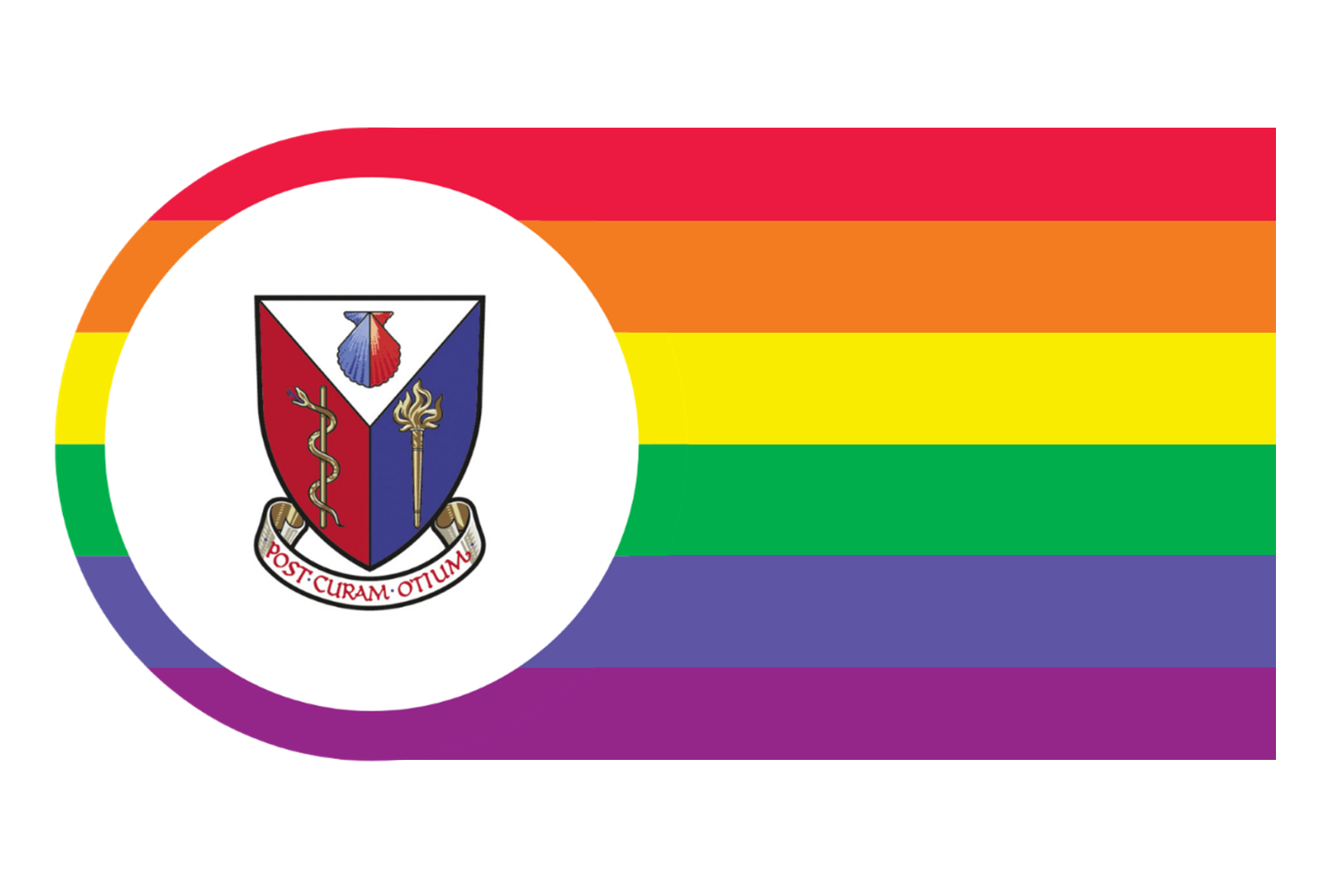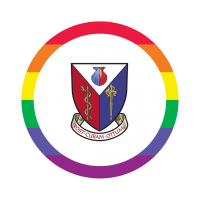How to make your practice LGBTIQ+ inclusive

Pride month is a great time to evaluate how we respect the rights of our patients.
Healthcare providers should be a safe space for all and ensure that treatments are provided in a respectful and inclusive manner. 
Our Professionally Approved Partners over at Cliniko have led the way by allowing users to record a patient’s sex, gender identity and pronouns as distinct fields in a patient record.
Here their guest blogger Dr Megan Sharp from the University of Melbourne, explains how to ensure your workplace is a respectful and safe environment:
"We all want to create respectful and safe environments in our work. Regardless of our roles within an organisation, promoting wellbeing is a key driver of inclusion and trust-building with our clients, co-workers, students and communities. But how active are we in this process, and do we assume others think of us as an inclusive person without us actually doing anything to show it?
LGBTIQ+ people face particular barriers to inclusive health care which can affect their broader health outcomes. Research suggests that lesbian, gay and bisexual people, particularly parents and young people, still experience overt and covert homophobia in clinical settings, like when visiting a GP or allied health professional. Examples include young people being ‘outed’ to their parents, same-sex partners being erased from a patient’s care plan, or health care providers simply not asking about gender and sexuality.
The LGBTI Health Alliance states that recognising “people’s genders, bodies, relationships, and sexualities affect their health and wellbeing in every domain of their life.”
The Darlington Statement published by Intersex Human Rights Australia calls for “the inclusion of accurate and affirmative material on body diversity, including intersex variations, in school curricula, including in health and sex education”.
In recent years, Cliniko introduced changes to their software to more accurately reflect distinctions between sex, gender identity and gender expression. This means that software users are now able to record a client’s sex as assigned at birth, and their gender as they experience it, as distinct categories. Such a change means that transgender and gender diverse (TGD) clients are not forced to provide information which is either false, or not representative of their lived experience.
Very few software packages make such distinctions even though ample research exists which shows why such a change is important, not only in clinical practice, but in education, service provision and research.
Here are some easy and thoughtful ways you can ensure that your practice is overtly inclusive and considerate of LGBTIQ+ people.
1. Get educated
There are thousands of places to find information relating to LGBTIQ+ people’s inclusion in health care. It is important to know why LGBTIQ+ people face particular barriers to quality health care to know how you can create a safe space. For example, did you know that not all TGD people want to medically transition or that TGD people are more likely to receive insensitive sexual health care simply because of their gender?
In your process of getting educated, there will be gaps, and each person will have a different experience. The intention should be to build a foundation of knowledge which supports your interactions with LGBTIQ+ clients, what questions to ask and how.
For current community knowledge as a point of reference, visit Transgender Victoria, queerspace at Drummond Street Services, Intersex Human Rights Australia and Thorne Harbour Health.
2. Ask for help
These days, there are a range of services available to assist health providers contextualise why LGBTIQ+ health care is important, how it has emerged as a practice, and what current research suggests. You can arrange for an in-house consultation or a tailored workshop/seminar or send someone from your organisation to an interdisciplinary event. You can find more information on services in your area here.
3. Audit for inclusion
An audit of your patient forms is the best place to begin considering how your processes can suit the healthcare needs of LGBTIQ+ people. After all, your systems should always suit your patients – not the other way around.
But, be careful not to be invasive. Not every clinic will need to collect this information. So, unless these questions are critically necessary for your modality, be sure to mark them as optional. The intention is to give patients the opportunity to share something if they deem it necessary. With that said, here are some examples that can help get you started.
Find more information about collecting data on people with intersex variations here. See more about collecting data on gender identity and expression here
If you’d like further information about sex, gender, and gender identity, you can learn more at RACGP
4. Make your inclusion known
If you want people to feel safe in your workplace, either as co-workers or clients, you need to make it obvious to them. Inclusion is about action. Once you have built up some knowledge, and have consulted with appropriate services to ensure that you are on the right track, start making your inclusion known. This can be very simple, such as:
- placing a statement in support of LGBTIQ-inclusive care on your website, social media or in your practice
- having staff name badges and email signatures which reflect pronouns
- supporting LGBTIQ causes or events such as IDAHOBIT or Transgender Day of Visibility
- ensuring that an all gender bathroom is available for use.
5. Listen, learn and act
As research and awareness of LGBTIQ+ people and their experiences become more visible, it is important to make a commitment to learning and challenging bias. If you encounter instances of biphobia, homophobia, transphobia or micro-aggressions, being an ally means that you will call it out through education and critical reflection.
Be open minded and trust in people’s experiences when they are sharing about their lives. Be willing to learn from them and think about how you might be able to take actions, big or small, to adjust your own behaviours and help create a more inclusive and affirming environment.
If you are willing to be active in all of the above ways, Cliniko has produced some rainbow stickers to start you off with showing your inclusivity. It’s important not to be tokenistic about inclusion, but visual cues for LGBTI+ inclusion are important. If you think your health practice is ready to show the queer, transgender and intersex community that you are committed to the above steps, you can order rainbow stickers from Cliniko using this order form."
Notes:
For broad LGBTIQ+ guides to building more inclusive health care settings, start with https://lgbtihealth.org.au/
For a comprehensive and practical guide on becoming an ally to TGD people, I suggest reading The Trans Ally Workbook.
For best practice, evidence-based research and advice, visit Intersex Human Rights Australia
For more information or advice, email me at megan.sharp@unimelb.edu.au or find me on Twitter @meganbrains
Special thanks to Morgan Carpenter, Co-Director of Intersex Human Rights Australia for his feedback on the original version of this article and for providing his expertise in best practice data collection.

Blog reproduced with the kind permission of Cliniko and Dr Megan Sharp. Read the original blog on the Cliniko website
